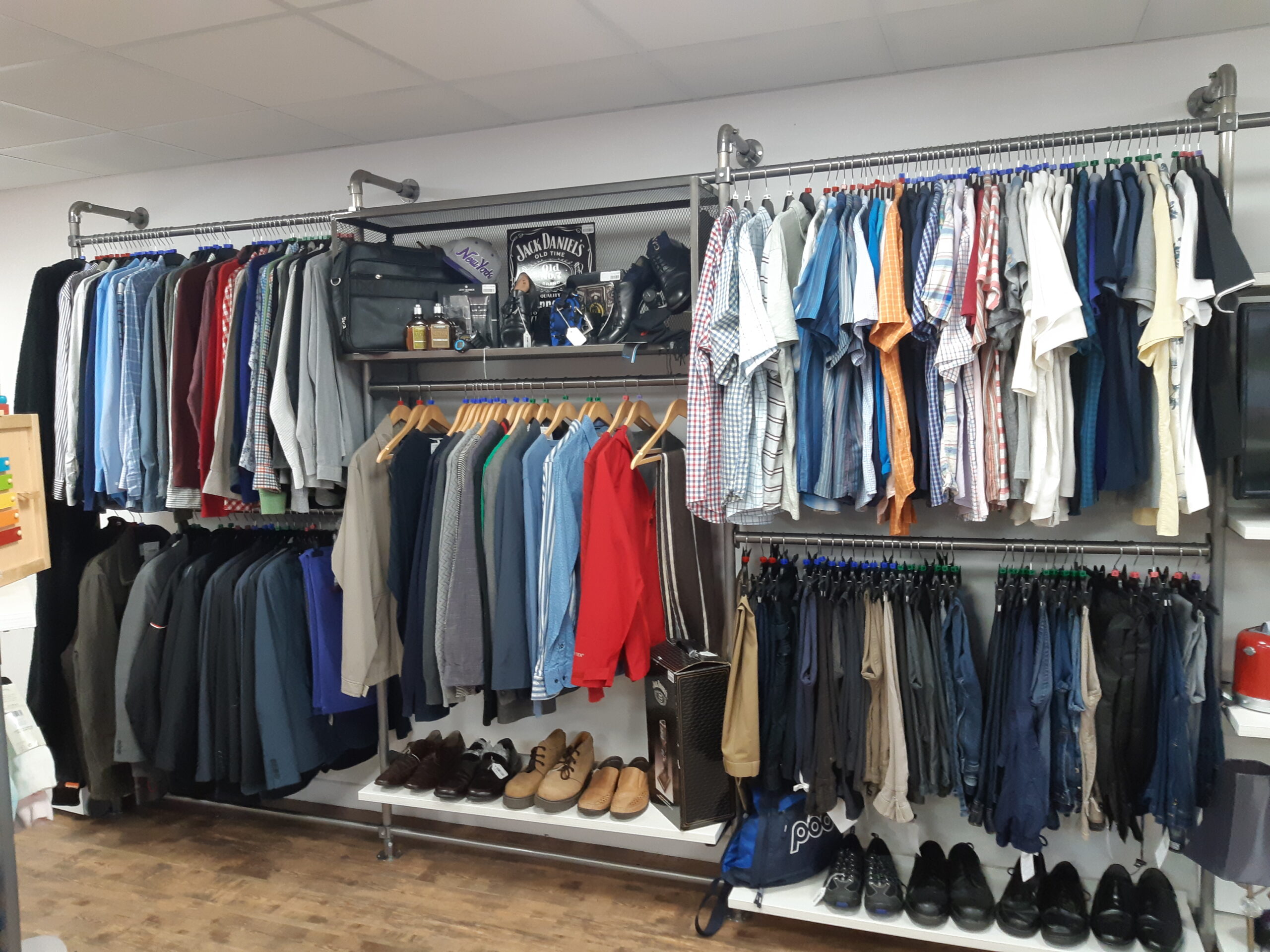Charity Retail Online Trading Efficiencies
With the growth of online shopping changing consumer shopping habits in the UK, and it was already around 20% of retail sales prior to covid 19, it is little wonder that most charity retailers have an online operation already. Whilst the lockdown has dramatically affected retailers, especially charity retailers, it has also had an interesting side effect which no one seems to be discussing – the immediate impact on consumer shopping habits. It has dramatically quickened the already changing consumer shopping habits, driven by a mixture of convenience, and the closure of many high street shops reducing choice in many high streets.
Therefore, there is no better time for all charity retailers to review their online operations in detail.
Most charity retailers have developed their online business around mainly eBay, which makes sense. Some of these charity retailers have grown their online operations considerably from where they started, which, based upon the changing consumer shopping habits, again makes sense.
Many, charity retailers have really embraced the changing consumer shopping habits by growing the online business operations within their charities. However, the scalability that should be expected by growing a charity online business for the vast majority is proving far more difficult to leverage the increased size of operation into proportionately higher profits.
Today’s charity online trading
The reality is whilst almost every charity retail online operation have grown their sales, their profits have not generally hit the heights most are hoping for, especially when all the direct and most importantly the indirect costs are fully considered. Of course, there will be many reasons for this, and these are the top six reasons:
Inefficiencies within the online operation
Quantity and quality of listings
Not using the best-selling platforms
Lack of integration of selling platforms, logistics companies and the EPOS system
Product category hierarchy on eBay not to best practice
Low volunteer numbers and low capability / lack of training.
Improving online operational efficiency
Far more complex, and often harder to fix, are the efficiencies within charity retail e-commerce departments, and this becomes more important and difficult as a charity retail e-commerce business expands. The most common inefficiencies are:
Manual processes that reduce operational efficiencies some examples are:
Manually capturing Gift Aid on some selling platforms
The soft crediting of sales to shops
Finance reconciliation of a range of different online selling platforms
Printing off packing labels individually or by selling platform rather than all with one click irrespective of selling platforms.
Any manual interaction or adjustments to logistics requirements rather than it all being programmed and automated. This is achieved by the integration of the logistics service and selling platforms
Reduce the touching of donations to be sold online to a maximum of four.
Listing concurrently automatically across multiple platforms is proven to increase product visibility and speed of sale.
Supply chain inefficiencies are very common with some examples being:
Moving donations to a central hub and listing all the transported donations for a range of different reasons.
Moving low value donations to a central hub for listing.
Transporting unlisted donations to another location (reverse supply chain) the donations sent for listing and not being deemed suitable.
Manual processes and supply chain inefficiencies often generate a lot of indirect costs and generate considerable online inefficiencies. For those people who understand the principles of Lean Six Sigma, this is an obvious statement. The main principles of how to gain competitive advantage through Lean Six Sigma are:
Streamlining processes results in improved customer experience and increased loyalty. Example: Capturing all of the Gift Aid from online sales is respectful to the donors and improves their experience of donating
Developing more efficient processes that drives higher bottom-line results. Example: Only list high value items online.
Switching from defect detection to defect prevention reduces costs and removes waste. Example: Stopping the reverse supply chain of donations
Standardising processes leads to organisational “nimbleness” and the ability to pivot to everyday challenges. Example: Automation, integration and reducing of handling all donations while ensuring instant real time data is available to allow agile decision making to a full range of daily challenges.
Decreasing lead times increase the capacity and profitability. Example: Linking the selling platforms to the EPOS reduces the finance reconciliation time, whilst ensuring the sales reporting is immediate increasing overall operational capacity and reducing lead times.






